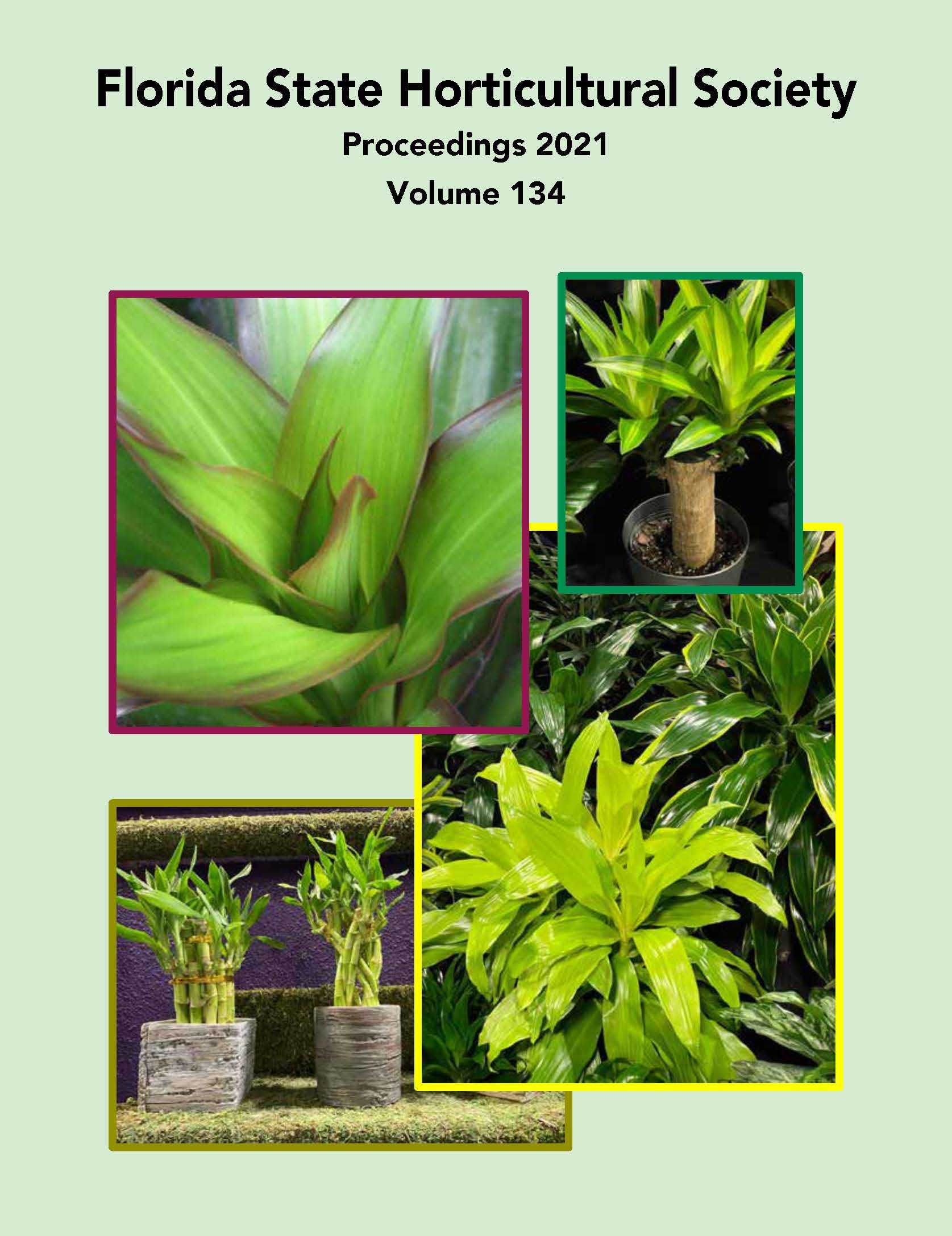Abstract
The Lychee Erinose Mite (LEM), Aceria litchii, is a specialist pest of lychee, Litchi chinensis Sonn. Vegetatively flushing mature and young lychee trees that frequently flush are more attractive to LEM infestations than dormant trees. LEM has the potential to severely weaken lychee trees and decrease fruit yield by 80%. Control of this pest is difficult because of the LEM-induced erinea (dense leaf hair proliferation on leaves, stems, flowers, and fruit) that protects the pest. The first detection of LEM in Florida was in 1955 in a lychee grove in Nokomis in Sarasota County. The second was an interception recorded on containerized plants, imported from China, in Coral Gables, in Miami-Dade County in 1993. Both times the pest was eradicated after being found on lychee trees. LEM was detected on Pine Island in Lee County in February 2018. Lychee fruit and plant parts are currently under quarantine in Lee County. Subsequently LEM infestations have been detected in 13 Florida counties. In February 2020, LEM was found in a backyard lychee tree in the northern portion of Miami-Dade County, FL. It has since been found in numerous locations in Miami-Dade County including several commercial lychee orchards. With approximately 70% of Florida’s commercial lychee acreage being in Miami-Dade County, the spread of LEM within the county is troubling.

